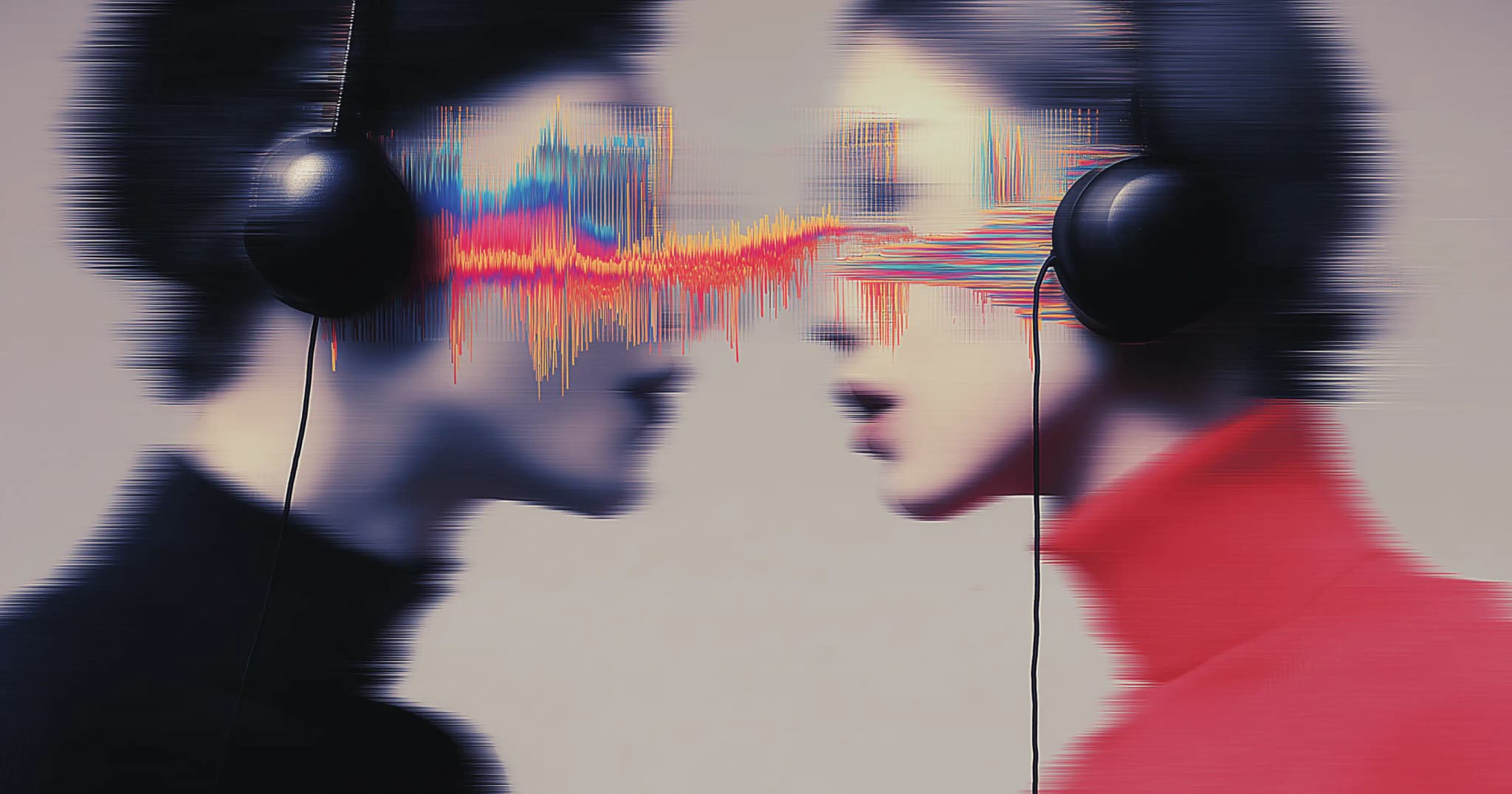How often are we hit with the memory of our worst nightmare as a kid, coming to life?
A tall silhouette behind closed windows, looming larger by nightfall. The vicious dinosaur from Jurassic Park is tip-toeing somewhere around the house, waiting for its prey with anticipation. The creature lets out a rooster-like shriek before making the final lunge at you.
In reality, we do not know how T-Rex and Brachiosaurus sounded. And yet, when we read the word — Dinosaur — we’re able to hear them shriek, right?
If not for Steven Spielberg and Co’s massive success with Jurassic Park, the world would have gone on thinking little to nothing of these prehistoric reptiles.
Scientific experts at Evolution, the international journal for organic evolution, believe that an average dinosaur sounded like a pigeon. Yes, those pesky little buggers littering the streets of New York with their faeces everywhere.
Food for thought: the incredible legacy of Jurassic Park must be held at gunpoint for fueling the worst (or best?) of our imaginations!
Dinosaurs could have crooned like Justin Timberlake, but that won’t change how we envision them today.
Spielberg’s excellent team of sound designers and VFX artists left no stone unturned in creating the image of the “Perfect Monster-Villain”. The films depicted dinosaurs as hulking monsters capable of unleashing chaos in a world where humans reign supreme.
None of these legendary depictions, from Godzilla to Jurassic Park, would have been possible without their amazing Sound Design.
But hey, what exactly is Sound Design?
It is the art and science of crafting soundtracks for a variety of purposes.
Gary Rydstrom, the Academy Award-winning sound designer, had a brilliant idea — to use a mix of baby elephant cries, tiger chuffs, and alligator gargles to create the petrifying dinosaur roars in the film.

While baby dinosaur cries are incredibly hard to imagine and replicate, some sounds like footsteps, are pretty easy to recreate in our head, and for the big screen.
Since the Golden Age of Hollywood, foley artists have been using unique materials to enhance the soundscape in a film. In another instance from Jurassic Park, the artists used the cracking of cantaloupes and ice cream cones to mimic the sound of a dinosaur egg-hatching. Would you have guessed that?!
Eddy Joseph and Martin Cantwell, the men responsible for creating the sound of magic in the world-famous Harry Potter film series, explored old British castles, among other things, to find a proper door creak they could use in the films.
The game Quidditch, popularly called Super-Hockey, is a good example of making sounds for things that don’t exist.
Regular Hockey has one ball, but this airborne version has three types—the Quaffle, two Bludgers and the Snitch. Bludgers are mock-attack weapons, they’re meant to be hit at opponents to knock them off their flying brooms. The Snitch is gold and as small as a pebble. It flies really fast, and when someone catches it, the game ends.
Joseph and Cantwell decided the Bludgers should sound like angry animals. But they made the Snitch sound graceful and swift, like a hummingbird.

In the 20th century, as cinema evolved, so did sound design. From the assassination montage at the end of The Godfather to the clang of Captain America’s Titanium shield, it’s hard to imagine these cinematic moments without their iconic soundtrack. Try as you might.
What’s more — in parallel, public theatre chains and franchises levelled up their game to amplify our experiences as an audience. There’s one game-changer whose name comes up often when you trace back cinematic history — IMAX.
The IMAX Experience: Real On Reel
In the late 80s, IMAX began transforming the ways people perceive and experience a film while taking visual standards to the next ultimate level.
Let’s pick a recent example: Christopher Nolan’s Dunkirk, where the use of sound tones created an illusion of sound that was deeply riveting, anxiety-inducing and immersive.

An acclaimed sound designer and long-time collaborator of Nolan’s, Richard King accidentally crashed a Mercedes Benz to record a terrific impact sound. This was one of the many ‘accidental’ endeavours he orchestrated to pull off a highly invigorating theatrical experience.
Dunkirk’s entire soundscape is provocative and cleverly manipulative. It lulls the viewers with gaping silences, and in the next moment, betrays them with the thunders of unexpected explosions and fighter jet-engine crackles.
According to veteran Star Wars director George Lucas…
“Sound design is 50% of the movie-going experience.”
You go into your nearest IMAX and come out two hours later — your head still reeling from the ringing in your ears. The halls feature giant towering screens and geometry that amplifies sound optimally. The ringing you hear, accompanied by the occasional adrenaline rush, during a heated Tom Cruise action sequence is not just a coincidence. It is all designed to happen. What you witness is the sorcery of the ‘sound’ ringmaster when you’re in his ring.
We’re all too familiar with the IMAX countdown, each of us. It builds the hype for what’s in store for us as viewers. And it does so, in a late 19th century, miracle on-screen way.
IMAX sound integration ensures that the roar of a gigantic monster and the horrors of war are not only seen and heard, but felt.
Sound Is The Vocabulary Of Your World
Our (auditory) senses wield more power over us than we would care to admit. Sound design is all about stimulating the senses to leave a meaningful and lasting impression on our minds and souls.
Think of all your recent favourites in cinema and try to grasp the gravity of the influence the musical score, theme or sound effects has had on them. Would you feel differently about the Harry Potter films if they didn’t have John Williams’ magical score? What would these films be, without one of the most recognizable musical themes in cinematic history — Hedwig’s Theme?
Play your favourite Harry Potter movie on mute. Recite the dialogues by yourself, for maximum effect. And watch what happens.
Does this simple act, with the missing ingredient, take away from the brilliance of the films for you?
I’ll leave you with this quote, by the legendary music composer R. Murray Schafer, for you to come up with an answer.
Still the noise in the mind: that is the first task — then everything else will follow in time. — R. MURRAY SCHAFER

.webp&w=2048&q=75)

